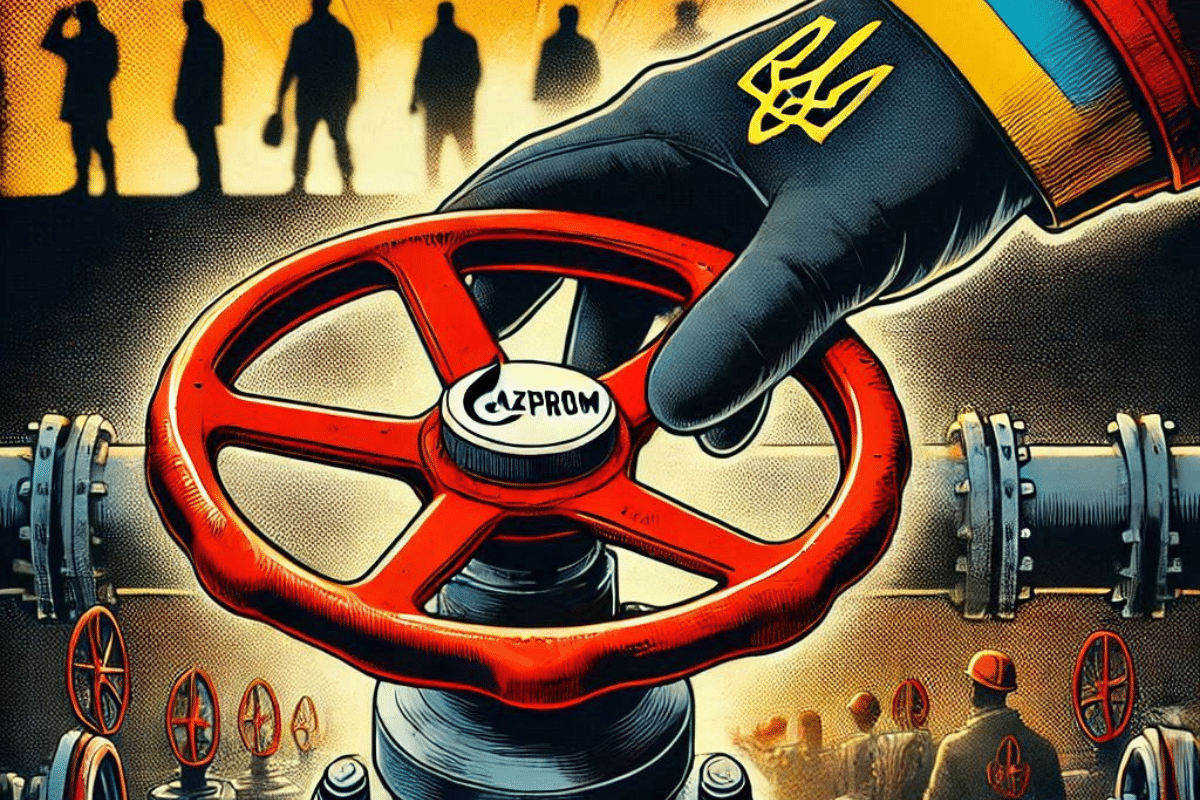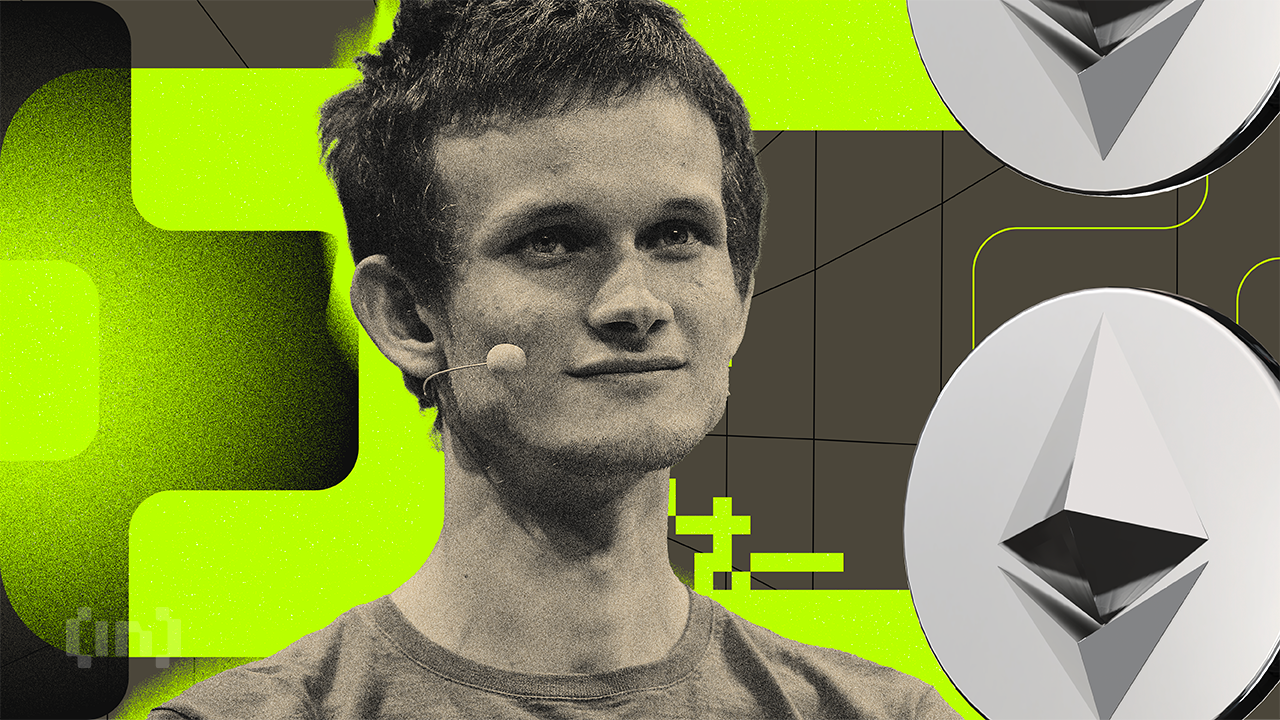9h05 ▪
4
min read ▪ by
The end of the Russo-Ukrainian war seems in sight, with Donald Trump calling for a quick resolution, while resources dwindle on both sides. In parallel, a historic event is shaking up the energy landscape: Russia will no longer transit its gas through Ukraine. This halt ends a paradoxical cooperation and promises harsher winters for Eastern Europe.


Russia: the end of a gas reign under pressure
Since the 1990s, Russia relied on Ukraine to transport its gas to Europe, a cash cow that brought in 5 billion dollars a year in 2024. But now, Kiev has decided to turn off the taps.
This energy divorce is much more than just a contractual break: it is a direct blow to Vladimir Putin, whose regime depended on these revenues to finance its military ambitions.
🚨🇺🇦🇷🇺UKRAINE BLOCKS RUSSIAN GAS, PLUNGING TRANSNISTRIA INTO CRISIS
Russia’s attempt to supply gas to the breakaway Moldovan region of Transnistria has been cut off as Ukraine refused to renew a key transit deal.
Industries have shut down, energy is rationed, and residents are… pic.twitter.com/OqMjzBhYDn
— Mario Nawfal (@MarioNawfal) January 4, 2025
For the record:
- In 1991, over 130 billion cubic meters of gas transited via Ukraine;
- By 2024, this figure had fallen to zero;
- Moldova and the separatist region of Transnistria, heavily dependent on this gas, are facing an unprecedented energy crisis.
For the Kremlin, this loss of revenue adds to an economy already burdened by international sanctions and declining energy exports. The geopolitical implications will also be felt, as Europe will have to, more than ever, turn to other suppliers, notably the United States and Norway, to secure its gas needs.
A difficult winter for Europe: consequences of an energy and economic divorce
With the end of Russian gas transiting through Ukraine, Europe must contend with soaring energy costs. In 2023, the price of gas reached 130 euros per megawatt-hour, a 240% increase compared to 2021.
This inflation hits households hard, with the annual bill increasing by 1,200 euros.
The shock is particularly felt in industry, where sectors like metallurgy struggle to absorb these costs. It is estimated that more than 500,000 jobs are at risk across the European Union. Furthermore, massive investments are necessary: Germany has allocated 200 billion euros to diversify its supplies through liquefied natural gas (LNG) terminals.
However, this energy transition also has its paradoxes. A portion of the gas imported as LNG comes from Russia, refined in India and then sold at a high price in Europe. This detour fuels a disguised dependency while inflating costs for European consumers.
https://t.co/imHU0jmrqB
The EU imports 80% of its total gas needs. Domestic production has halved in the last 10 years.https://t.co/golIaFUaJBUS is now close to the sole provider of gas imported to EU, reselling Russia oil from India at twice the previous price.. 🤡 pic.twitter.com/of6d2PNoXg
— Veracious Viking (@VeraciousVOG) January 2, 2025
To face this crisis, the European Union is exploring new avenues, such as increasing imports of Norwegian gas or establishing infrastructure for green hydrogen. But in the short term, the exit from Russian gas remains a costly and complex operation.
Thus, a thousand days of conflict have propelled the Russian economy to the brink of asphyxiation. Without European gas consumers, finding the 17 trillion rubles needed to finance its military budget becomes a headache for Vladimir Putin. An economic asphyxiation that could redefine the global geopolitical game.
Maximize your Cointribune experience with our “Read to Earn” program! For every article you read, earn points and access exclusive rewards. Sign up now and start earning benefits.
La révolution blockchain et crypto est en marche ! Et le jour où les impacts se feront ressentir sur l’économie la plus vulnérable de ce Monde, contre toute espérance, je dirai que j’y étais pour quelque chose
DISCLAIMER
The views, thoughts, and opinions expressed in this article belong solely to the author, and should not be taken as investment advice. Do your own research before taking any investment decisions.










